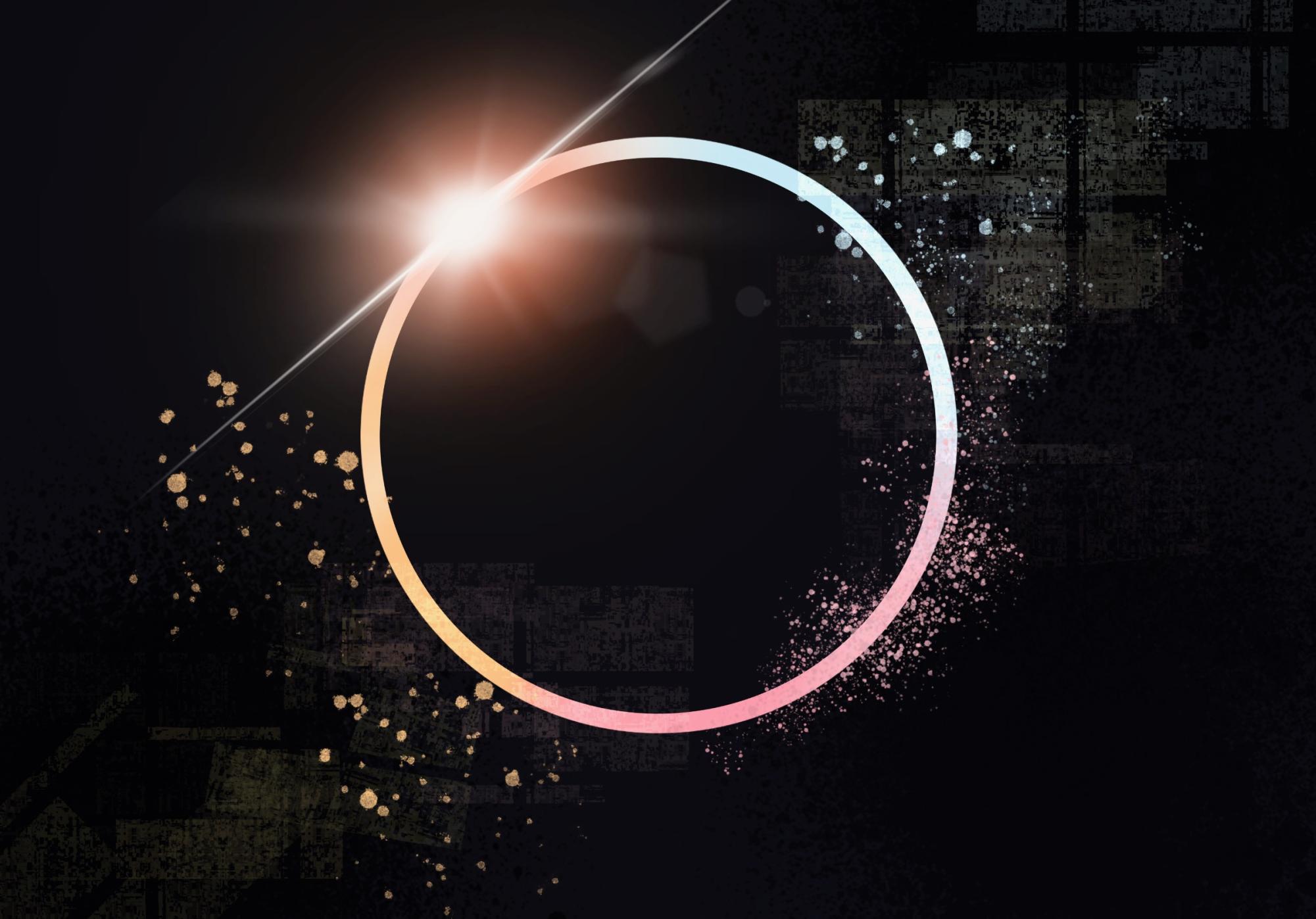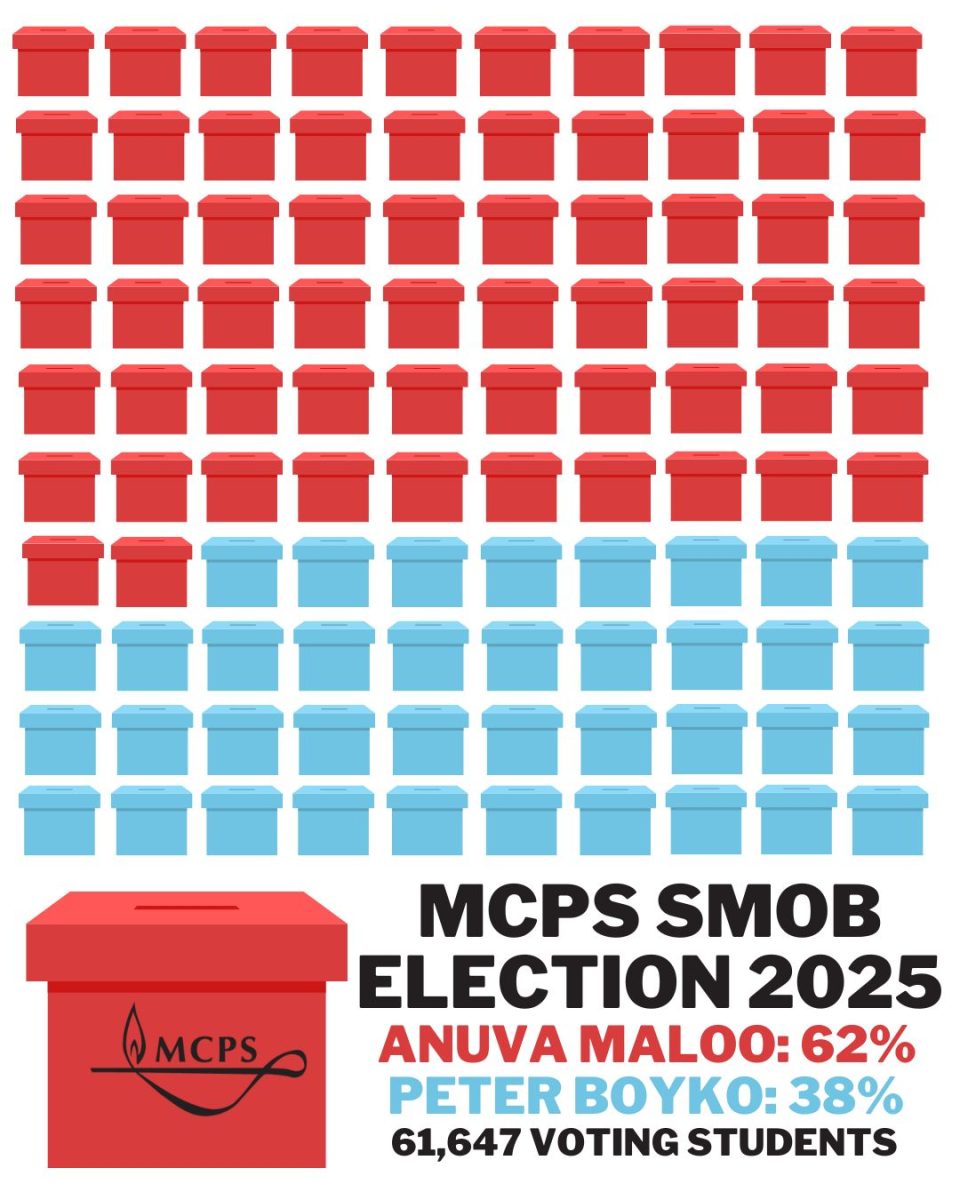People throughout the United States were able to see the solar eclipse on April 8, this being the first eclipse visible in the US since 2017. Solar eclipses are when the earth’s and moon’s rotation align so the moon covers up the light of the sun; either partially or completely, according to NASA.
Occasionally, there are also occurrences of lunar eclipses. According to Astronomy teacher John Pisanic, these are when the earth blocks the sun from the moon.
Though solar eclipses occur every one to three years, they’re usually only viewable from Antarctica or the poles, and always for very short amounts of time.
However, this eclipse shadowed the US, the path of totality spanning from western Mexico to eastern Canada. Unfortunately, there will not be another solar eclipse in the US until 2044, where it will only be in Montana and the Dakotas.
Because Maryland was not in the path of totality, many RM students went to see the eclipse in more northeast locations.
“We decided to go on this trip because it’s so rare for a total eclipse to happen this close to home, relatively close, and we wouldn’t want to miss out on this chance to see a total eclipse,” freshman Sophie Wang, who traveled to Avon, Ohio, said.
Throughout the course of the day, the moon aligned slowly over the sun, producing a partial eclipse from around 2:30 to 3:30, then going into totality for about two minutes. The second phase of the partial eclipse then lasted for another hour until around 4:30.
Many students who watched the eclipse enjoyed seeing how it changed over time. “It was pretty amazing to watch a bite slowly being taken from the sun [through eclipse glasses]… it looked kind of like an egg yolk,” Wang said.
For many, seeing the sun being fully covered by the moon is a very exciting and special moment.
“The total eclipse was absolutely stunning, just spectacular to see the last bit of the sun disappear behind the moon, and then being able to take off the glasses and see the corona surrounding the moon,” Wang said.
A corona is the outer layer of gasses on a star’s surface, and is only visible during a total eclipse or through specialized telescopes.
In many places that experienced totality, the sky became completely dark, as if the sun had set, and in some places, planets and stars were visible in the sky.
In addition to the change in lighting, temperature can also drop during the eclipse, especially during totality. According to the Washington Post, temperature drops are particularly significant in dry climates, yielding about eight to 14 degree drops. NASA has recorded data from an eclipse in Zambia, on June 21, 2001, where temperature fell 15 degrees. Additionally, in a study of the 2017 eclipse, it has been found that the temperature does not return to how it was before an eclipse until almost an hour after its conclusion.
Some in the path of the eclipse became overly worried about possible negative events that could result from one. Mr. Pisanic said, “It is funny to me how many people were worried…there are a lot of superstitious people in the world.”
The rarity of an eclipse definitely motivated many people to travel, with the roads blocked up with more and more cars each day closer to the eclipse, according to USA Today.
Wang said, “Apparently at [a nearby] lake [in Avon, Ohio] it was really crowded and the neighborhood people were charging visitors $100 for a parking spot.” Either way, people seemed to enjoy the eclipse from wherever they ended up, with several groups cheering and several groups even “[setting] off fireworks.”
The next eclipse in the US is in 20 years, but many are eager to see it again.
“It was definitely worth it… again it’s not often that this happens, and it was so beautiful,” Wang said.
If you would like to voice your opinion on an issue you feel is relevant to our community, please do so here. Anyone is able and welcome to submit a Letter to the Editor, regardless of journalistic experience or writing skills. Submissions may be published either online or in a print issue.






